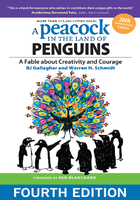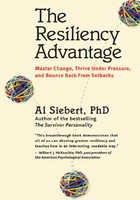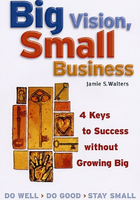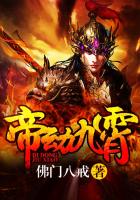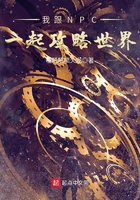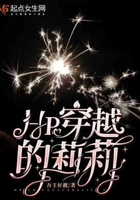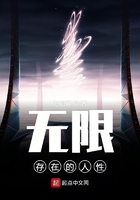Ⅰ
Within sixty miles of Jamestown there are about five thousand people, but of able men fit for war there are scarce fifteen hundred. There is a far greater number of women and children than of men. To support so many together, they have yet no means, because they derive so small a benefit from their land, be it ever so fertile. Six or seven hundred have been the most that have been seen together.
The people differ very much in stature, and especially in language. Some are very great, others very little; but generally tall and straight, of a comely proportion, and of a brown color when they are of age, but white when they are born. Their hair is generally black, and but few have any beard. The men shave one half of their hair and wear the other half long. For barbers they have the women, who with two shells will grate away the hair in any fashion they please. The hair of the women is cut in many fashions suitable to their years, but some part alwaysremains long.
They are very strong, of an able body, and full of agility; able to endure lying in the woods under a tree by the fire in the worst of winter, or in the weeds and grasses in ambuscade1 in summer. They are treacherous in everything except where fear constrains them; crafty, timorous, and quick of apprehension. Some are of fearful disposition, some are bold, most are cautious, all are savage, and generally covetous of copper, beads, and suchlike trinkets. They are soon moved to anger2, and so malicious that they seldom forget an injury.
Each household knows its own lands and gardens, and most live by their own labor. For their apparel they are sometimes covered with the skins of wild beasts, which in winter are dressed with the hair, but in summer without. The better sort use large mantles of deerskins. Some of these mantles are embroidered with white beads, some with copper, others painted after their manner. We have seen some wear mantles made of turkey feathers, so prettily wrought and woven with threads that nothing but the feathers could be discerned3. They were exceedingly warm and very handsome.
They decorate themselves mostly with copper beads and paint.
1Ambuscade: lying in wait, especially for the purpose of attacking an enemy by surprise; a place where one lies in wait.
2Malicious: mischievous; spiteful. 3 Discerned: seen; distinguished.
Some of the women have their bodies and faces tattooed1 with pictures of beasts and serpents, wrought into their flesh with black spots. In each ear they have three great holes, from which they hang chains, bracelets, or pieces of copper. Some of the men wear in those holes a small green and yellow colored live snake, nearly half a yard in length.
Some wear on their heads the wing of a bird or some large feather, and a rattle, which they take from the tail of a snake. Many have the whole skin of a hawk or some strange fowl stuffed, with the wings spread. Their heads and shoulders are painted red with the root pocone bruised to powder and mixed with oil: this they claim will preserve them from the heat in summer and from the cold in winter.
Men, women, and children have their several names according to the humor of their parents. The women, they say, love their children very dearly. To make them hardy, they wash them in the rivers in the coldest mornings, and by painting and ointments so tan their skins that after a year or two no weather will hurt them.
The men pass their time in fishing, hunting, wars, and such manlike exercises, scorning to be seen doing any womanlike work. The women and children do all the work. They make mats, baskets, pots, mortars; pound their corn, make their bread, prepare their victuals, plant and gather their corn, and bear all kinds of burdens.
1 Tattooed: marked according to a savage custom, by pricking in coloring matter under the skin.
For fishing, hunting, and wars they use their bows and arrows. They bring their bows to the form of ours by scraping with a shell. Their arrows are made, some of straight young sprigs, which they head with bone two or three inches long. These they use to shoot at squirrels on trees. Another sort of arrow is made of reeds. These are pierced with wood headed with splinters of crystal or some other sharp stone, the spurs of a turkey, or the bill of some bird.
For a knife they use the splinter of a reed to cut their feathers in form. With this knife they will joint a deer or any beast, shape their shoes, buskins1, and mantles. To make the notch of their arrows they have the tooth of a boar set in a stick. The arrow-head they quickly make with a little bone, or with any splinter of a stone, or glass in the form of a heart. With the sinews of deer and the tops of deers" horns boiled to a jelly they make a glue that will not dissolve in cold water, and with this they glue the head to the end of their arrows.
Ⅱ
For their wars they use targets2 that are round and made of the bark of trees, and wear a sword of wood at their backs, but oftentimes they use the horns of a deer, put through a piece of wood in the form of a pick-ax, for swords. Some have a long stone sharpened at both ends and used in the same manner.

